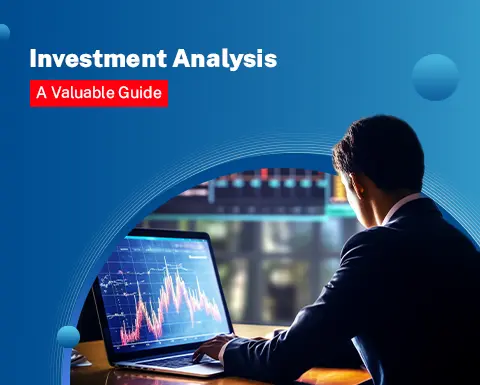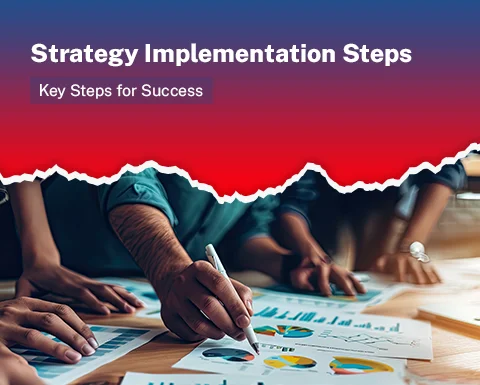Exploring Management Courses After 12th: A Guide for High School Graduates
As you complete your 12th grade, you’re standing at the threshold of an exciting new chapter in your life.Your become aware of the wide range of opportunities in the field of higher education that are waiting for you. Among these, management courses after 12th have become a popular and rewarding choice for many students. These courses not only provide a solid foundation in business principles but also equip you with valuable skills that are highly sought after in today’s competitive job market.
In this blog post we’ll discuss the range of management courses that are offered after the 12th grade, as well as the best universities and entrance examinations you should take into consideration. Whether you’re a commerce student or from any other stream, this guide will help you navigate the exciting world of management education.
Key Highlights of Management Courses in India
There are so many courses available after 12th in India . Students can do different courses. Some of the top management courses that students can do we will understand with what are the courses, duration of the courses and who are the top universities and institutes that offer these courses in India.
Courses | Duration | Institutes |
Bachelor of Business Administration (BBA) | 3 Years |
– New Delhi,
|
Bachelor of Business Management (BBM) | 3 Years |
|
Bachelor of Management Studies (BMS) | 3 Years |
|
Dual Degrees and Integrated Programs | 5 Years |
|
Bachelor of Hotel Management (BHM) | 3 Years |
|
B.Sc in Management | 3 Years |
|
Management Courses in India
Let’s explore the diverse range of management courses after 12th that are available in India:
1. Bachelor of Business Administration (BBA)
After the 12th grade, one of the most popular courses is BBA.This three-year undergraduate program offers a comprehensive understanding of business and management principles.
Eligibility
- To enrol in this course, students must receive 50% of their class 12 grades.
- You have to pass the university entrance examination
2 .Bachelor of Business Management (BBM)
BBM is another excellent choice for those interested in management courses after 12th. It’s a three -year full time long programme focused on entrepreneurial and leadership skills. While similar to BBA, it offers a more holistic view of business management.
Eligibility
- To enrol in this course, students must receive 50% of their class 12 grades.
- Need to pass the entrance examination.
3. Bachelor of Management Studies (BMS)
A professional management degree in business of management, or BMS, offers in-depth understanding of business and management strategies. It’s a three-year programme offered by some of the top universities in India.It mainly specialises in HR marketing and finance.
Eligibility
- To enrol in this course, students must receive 50% of their class 12 grades
- Need to clear university entrance examination
4. Dual Degrees and Integrated Programmes
These management courses after 12th offer a unique opportunity to complete both undergraduate and postgraduate studies in five years. This course includes programmes like IPM at IIMs and it will save one year compared to separate UG and PG programmes.
Eligibility
- To enrol in this course, students must receive 50% of their class 12 grades
- Need to clear university entrance examinations like IPMAT
5. Bachelor of Hotel Management (BHM)
For those interested in the hospitality sector, BHM is one of the specialised management courses after 12th to consider. It’s a three year course mainly focused on hotel and catering management. Varieties of career opportunities are there like hotels, resorts,and restaurants.
Eligibility
- To enrol in this course, students must receive 50% of their class 12 grades
- Need to clear university entrance examinations like National Council for Hotel Management, AIMA UGAT.
6. B.Sc in Management
Bsc management courses after 12th combine scientific principles with business management. It’s a three year programme open for students in all streams .B.sc in management specialised in hotel management, airlines, and airport management and provide a unique blend of scientific and managerial skills.
Eligibility
- To enrol in this course, students must receive 50% of their class 12 grade.
- Need to pass university entrance examination
Management Courses After 12th: Opportunities and Scope
After the 12th grade, there is a wide range of management courses that are constantly growing. As businesses grow and evolve, the demand for skilled managers increases across various sectors.
Key points:
- Career opportunities in finance, marketing, HR, and operations management
- Potential roles include general manager, financial analyst, and PR executive
- Skills developed are valuable in entrepreneurship and startups
Moreover, management courses after 12th provide a strong foundation for further studies, such as MBA programs. The analytical and leadership skills acquired during these courses are transferable across industries, making management graduates highly adaptable in the job market.
Top Management University/Institutes to Target After 12th
While choosing management courses after 12th, it’s crucial to consider the university/institute you’ll be studying at. Here are some top colleges offering excellent management programs:
University/Institutes | Course | Seat |
IIM Indore | IPM | 150 |
IIM Rohtak | IPM | 160 |
IIM Jammu | IPM | 60 |
IIM Bodh Gaya | IPM | 60 |
Christ University | Bachelor of Hotel Management (BHM), BBA | 400+ |
St. Xavier’s College Mumbai | BMS | 120 |
Symbiosis College | BBA | 300 |
Narsee Monjee Institute of Management Studies | BBA, BSc, B.COM, and other integrated management programs | 120 |
These institutes are renowned for their quality education, excellent faculty, and strong industry connections. However, admission to these colleges is highly competitive, often requiring good scores in entrance exams.
List of Management Entrance Exams After 12th
To secure admission to top colleges for management courses after 12th, you often need to clear specific entrance exams. Here’s a table of some important management entrance exams:
Exam Date | Course | Duration | Exam Duration | Total No. Questions | Sections |
IPMAT Indore | Integrated Program in Management | 5 years | 120 minutes | 120 | Quantitative Ability (MCQ), Verbal Ability (MCQ), Quantitative Ability (SA) |
IPMAT Rohtak | Integrated Program in Management | 5 years | 120 minutes | 120 | Quantitative Aptitude, Logical Reasoning, Verbal Ability |
JIPMAT | Integrated Program in Management | 5 years | 150 minutes | 100 | Quantitative Aptitude, Logical Reasoning, Verbal Ability |
CUET | BBA | 3 Years | 120 minutes | 120 | Fundamental Accounting, English Language, General Knowledge, Quantitative Aptitude, Fundamental Mathematics, Reasoning and Data Interpretation |
SET | BBA | 3 Years | 150 minutes | 75 | Analytical & Logical Reasoning, General Awareness, Quantitative English |
DUJAT | BMS | 3 Years | 120 minutes | 100 | Quantitative Ability, Reasoning and Analytical Ability, General English Business and General Awareness |
NPAT | BBA | 3 Years | 120 minutes | 120 | Quantitative Ability, Reasoning, English Language |
Preparing for these exams is crucial for gaining admission to top institutes offering management courses after 12th. Each exam has its specific format and syllabus, so it’s important to start your preparation well in advance.
Conclusion
Management courses after 12th offer a world of opportunities for aspiring business leaders. From traditional BBA programmes to specialised courses in hotel management and integrated dual degrees, there’s a course to suit every interest and career goal.
By choosing the right course and institution, you can set yourself on a path to a successful and rewarding career in management. Remember, the journey of a thousand miles begins with a single step – and your step into management education could be the beginning of an exciting professional journey.
Management Courses After 12th: FAQs
Q1. Which course is best for management after 12th?
Some of the best management courses after 12th are
- Business Administration.
- International Business.
- Computer Application.
- Finance.
- Entrepreneurship.
- Hospitality.
Q2. Which course is best after 12th to start a business?
A Bachelor of Business Studies (BBS) is one of the best courses after 12th Commerce with a high salary and better career growth.
Q3. Which is better BBA for management?
BBA is often considered better for an MBA due to its broader focus on business administration principles, providing a strong foundation for advanced management studies.
Q4. Which is the hardest subject in management?
Production Operations Management is considered as the challenging subject in management.











.png)
.png)

.png)


